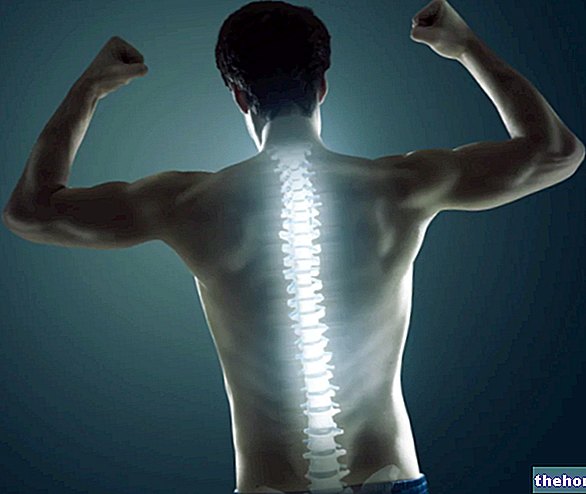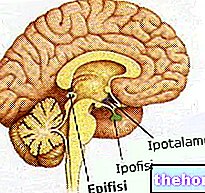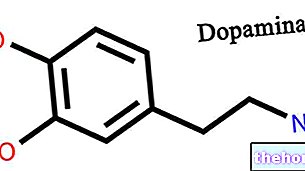Functions of Pancreatic Juice
Pancreatic juice is a liquid secreted by the pancreas, a very important gland for the digestive and endocrine balance of our body. In fact, inside this juice we find very important digestive enzymes, such as trypsinogen, chymotrypsinogen, pro-elastase, pro-carboxypeptidase, pancreatic lipase, nuclease and amylase. The pancreatic juice is also rich in bicarbonates, essential to partially buffer the acidity of the material. digested from the stomach.
The proteolytic enzymes present in pancreatic juice (trypsinogen, chymotrypsinogen, pro-elastase, pro-carboxypeptidase) are secreted as zymogens, therefore in an inactive form, to prevent them from digesting and damaging the same cells that produced them (as occurs in pancreatitis) . Once secreted in the intestinal lumen, these enzymes are activated and participate in the digestion of proteins; in particular, trypsinogen is activated to trypsin by a specific duodenal enzyme called enteropeptidase. The trypsin thus obtained, in turn, activates all the other proteases, including the same trypsinogen, and procolipase (adjuvant in the digestion of fats).

Pancreatic juice pours into the duodenum, along with the bile secreted by the liver (see figure). In fact, the duodenum represents the proximal tract of the small intestine, which follows the gastric pylorus for continuity; here the digestive phenomena are completed and those of absorption begin.
Unlike gastric enzymes - which strictly depend on the acidity of the chyme - pancreatic enzymes need a slightly basic environment (ca 8) to work at their best. This underlines even more the importance of the buffering effect exerted by pancreatic juice. and bile.
Digestive enzymes present in pancreatic juice and their function
produced as a zymogen (trypsinogen). Activated by duodenal enteropeptidase. It mainly intervenes on the peptide bonds that engage basic amino acids (such as arginine and lysine).
produced as a zymogen (chymotrypsinogen). Activated by trypsin. It mainly intervenes on the peptide bonds that engage aromatic amino acids (such as tyrosine, tryptophan and phenylalanine).
produced as a zymogen (pre-pro-elastase). Activated by trypsin. The only enzyme capable of attacking elastin and as such very important for the digestion of meat foods.
secreted partly in active form and partly in inactive form. They intervene on the peptide bonds placed at the carboxyl end of the amino acid chain.
it intervenes in the digestion of starches, initiated in the oral cavity by ptyalin.
intervenes in the digestion of fats, assisted by bile and the emulsifying power of its bile salts.
Pancreatic secretion is stimulated by secretin - which mainly favors the release of a diluted liquid rich in bicarbonates - and by cholecystokinin, which is more active in the release of digestive enzymes. Both these hormones are secreted by the duodenum: the main stimulus to the secretion of cholecystokinin is given by the presence of fats and amino acids in the chyme, while the secretin is released in proportion to the acidity of the semi-digested material coming from the stomach.
If the gastric juice is too low in bicarbonates there is a risk that the acidity of the chyme produces more or less important lesions to the duodenal mucosa; on the other hand, when the enzymatic patrimony is too low, digestive problems arise such as flatulence and steatorrhea (excessive presence of undigested fats in the faeces, which make them shiny and greasy).
















.jpg)











